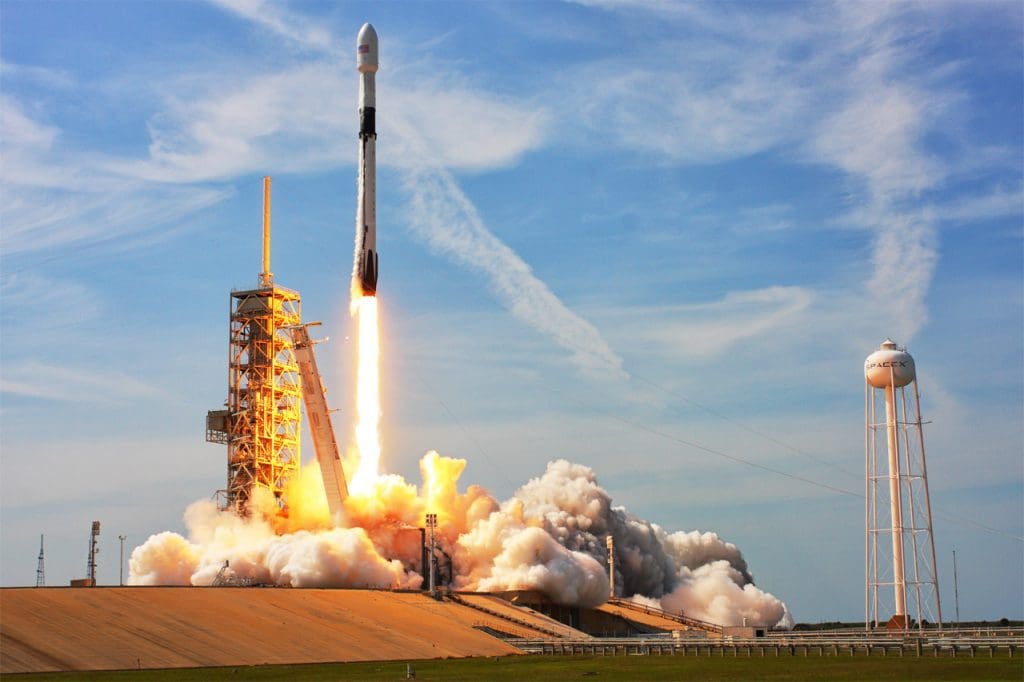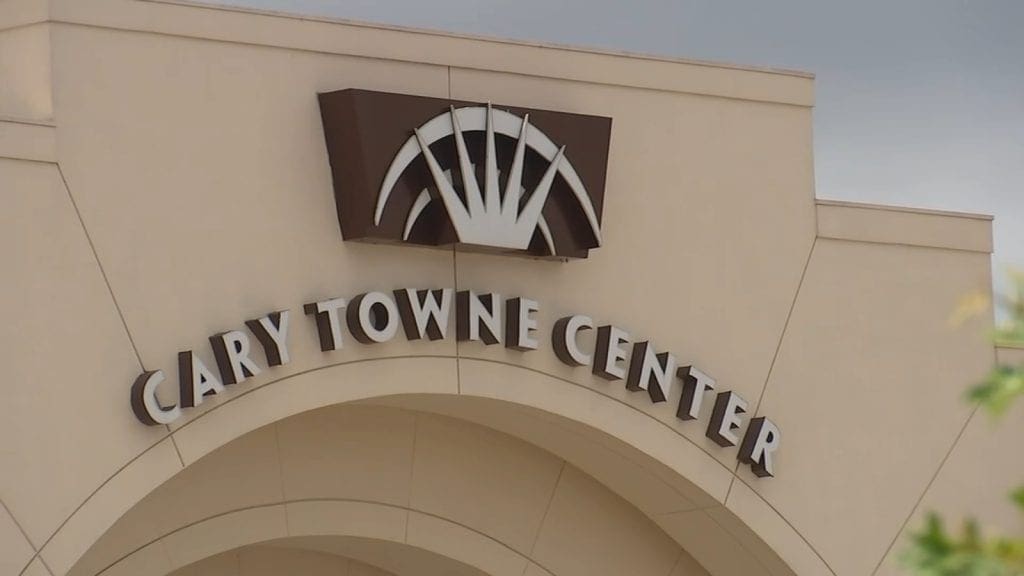Space X’s Falcon 9 rocket set a new rocket-reuse record, as it recently lifted off from Cape Canaveral Space Force Station in Florida on Sunday, wherein 22 Starlink satellites were sent careening into low-Earth orbit. This was the 16th launch of the first-stage booster of the Falcon 9, as mentioned by the company.
The booster then returned to Earth for a 16th landing as well, where it touched down on the deck of the droneship of SpaceX in the Atlantic Ocean about 8.5 minutes after liftoff. The expendable upper stage, at the same time, did continue hauling the Starlink satellites aloft. And as it turns out, the batch is scheduled to be deployed in an LEO 62 minutes after the launch.
Falcon 9 Launched For An Unprecedented 16th Time
The 22 satellites of the Falcon 9 are V2 Minis, which is a newer and far more powerful version of the broadband craft of SpaceX. They are far bigger than the previous iteration of Starlink, of which about 50 can fit on a Falcon 9. But they are actually small when compared to the final V2 satellites, 1.25-ton spacecraft that will be launched aboard SpaceX’s giant, next-gen Starship vehicle. The company mentioned that V2 minis included key technologies- like far more powerful phased array antennas, and the use of E-band for backhaul- 4x more capacity per satellite than the previous variations.
The first stage of the Falcon 9, which flew on Sunday night, was first launched in December 2022. Among the first 15 flights, the rocket also included Demo-2, which was the first-ever crewed mission of SpaceX, which sent two NASA astronauts to the International Space Station in 2020. For those wondering, the booster is not a reuse outlier- another Falcon 9 rocket in the first stage has 15 flights under its belt, while there are some which have been launched 14 times.



